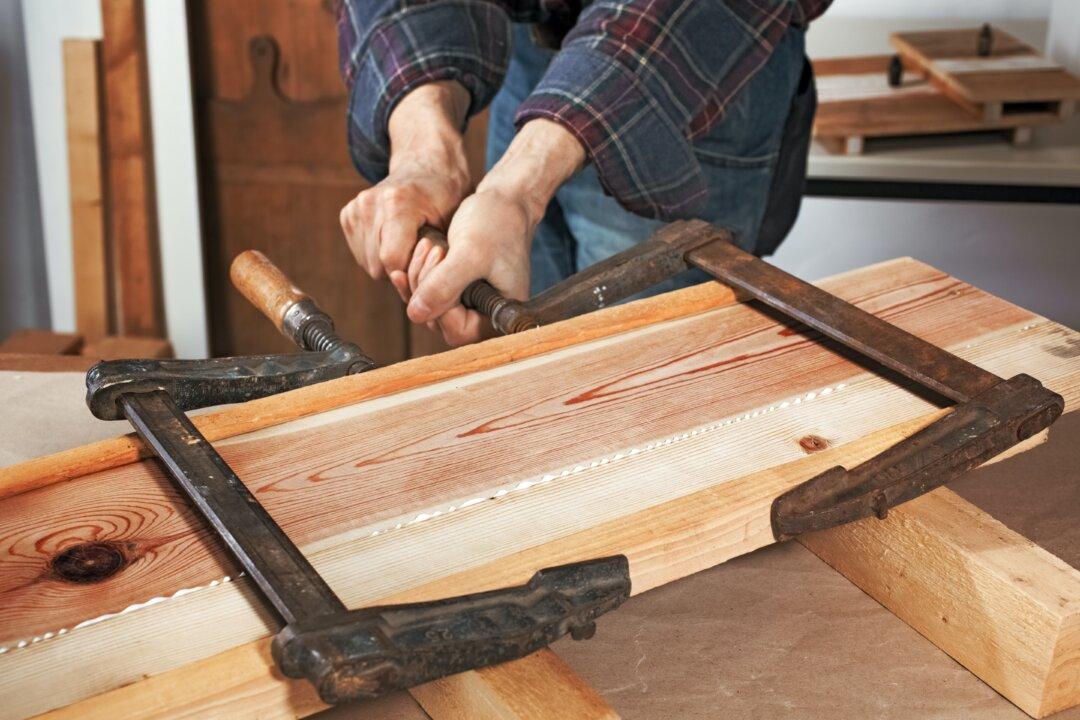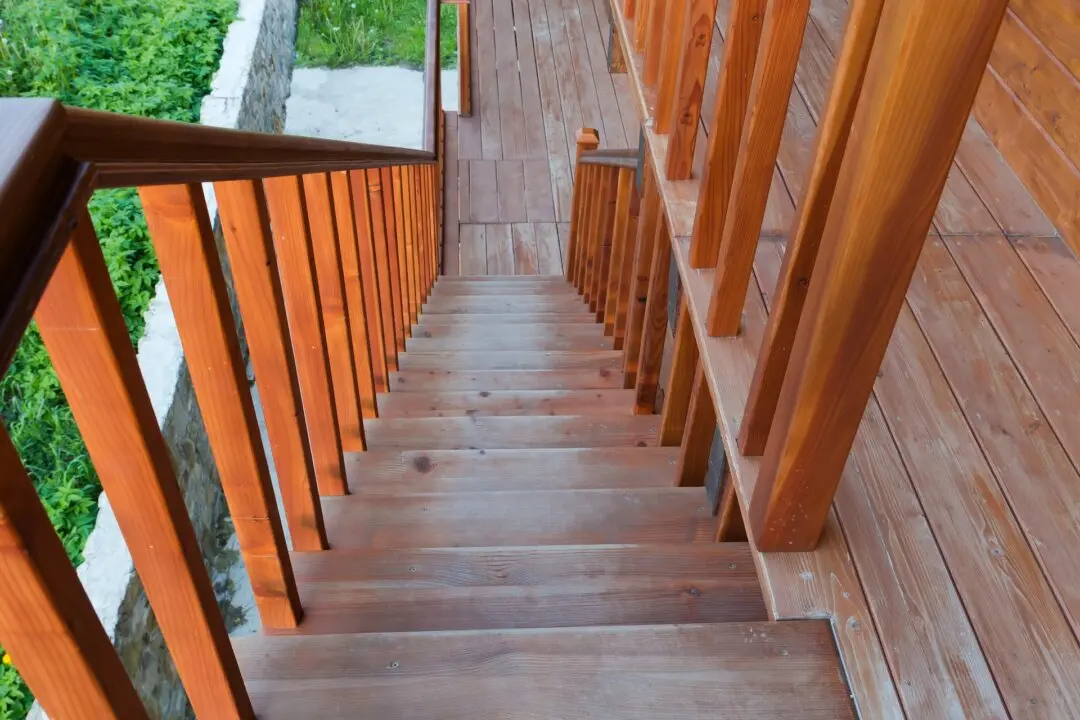Dear James: Screws seem to eventually come loose when I make cabinets, so I want to use glue this time. What type of glue and clamps are most effective for making cabinets?—Mark L.
Dear Mark: For most cabinets, other than ones holding heavy items, glued joints provide plenty of strength and often look the best. Using glue and clamps provides time to precisely position the pieces for perfect flush joint edges with minimal sanding.





